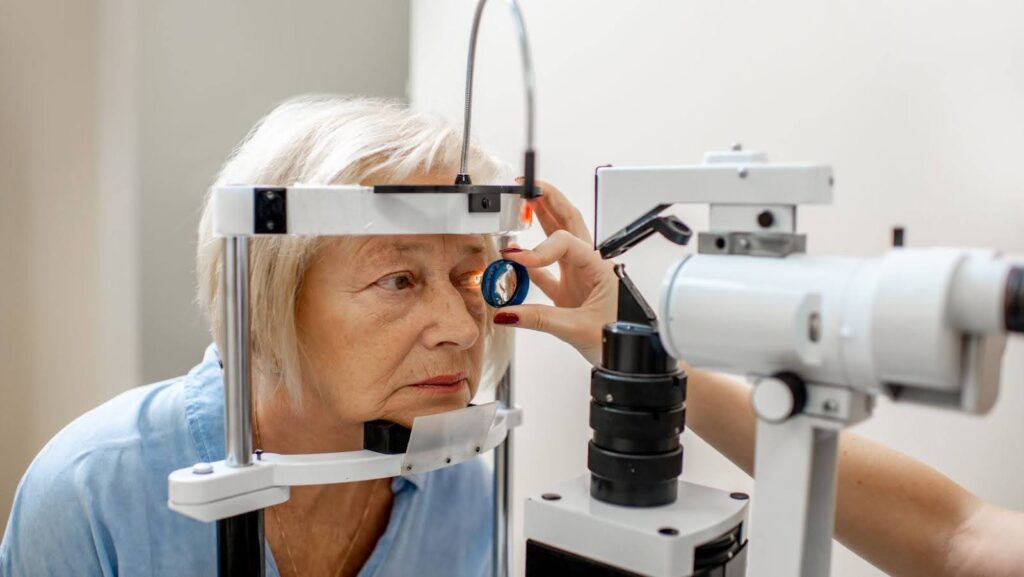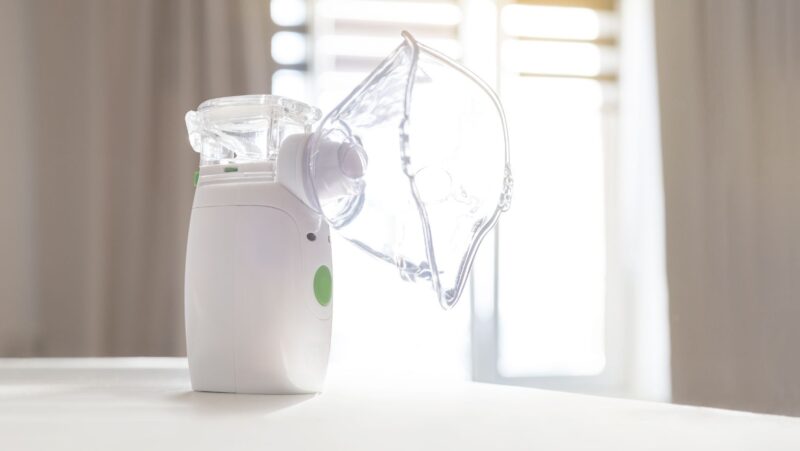
Managing eye conditions from an early age is a great preventative approach to ensuring good eye health. Good eye health can be effectively managed and maintained through regular eye exams and screenings, a healthy diet, screen time management, protective eyewear, and more.
Here are 8 ways to effectively manage eye conditions from an early age.
Regular Eye Exams
In infancy, eye exams should be given to ensure no vision concerns. The American Optometric Association recommends an initial comprehensive eye exam at 6 months, followed by a second exam at three years of age. After that, eye exams should occur before first grade and again every two years or more if there are vision problems. By maintaining regular check-ups with an eye doctor, you can address issues before they progress to more serious conditions.
Healthy Diet
A healthy diet rich in vitamins and nutrients can play a key role in optimal eye health.

Foods such as leafy green vegetables, fish, eggs, beans, and non-meat proteins contain essential vitamins A, C, and E and omega-3 fatty acids that can help reduce the risk of certain eye diseases and other issues.
Screen Time Management
According to the American Academy of Child and Adolescent Psychiatry, children ages 8-12 spend 4-6 hours daily on screen time. Not only can this have negative mental and emotional consequences, but it can also contribute to excessive strain on vision. For children ages 2 to 5, screen time should be limited to one hour per day. A good practice is the 20-20-20 Rule, which encourages breaks during screen time. Every 20 minutes, look at something 20 feet away for at least 20 seconds.
Protective Eyewear
Protective eyewear can be especially beneficial during sports and recreational activities where children are more prone to injury. Depending on the sport or activity, different protective eyewear options exist, including goggles designed for swimming, racquetball, baseball, and many other sports. This can prevent eye injuries such as corneal abrasion, hyphema, bone fracture, eyelid laceration, and more. For protection against harmful rays, it is recommended that children wear sunglasses that block 100% of UVA and UVB rays.
Good Visual Habits
Good visual habits, such as reading at a proper distance and ensuring good lighting, can positively impact eye health.

To minimize eye strain, encourage reading and other close-up activities at a safe distance of about 12-14 inches from the eyes in proper lighting.
Monitor Symptoms
Being aware of possible signs of eye problems, such as squinting, head tilting, covering one eye, or complaining of headaches and blurred vision, can help you take proactive steps to address eye conditions. By seeking prompt treatment, you can avoid eye infections, injuries, or other concerns promptly.
Avoid Eye Strain
Encouraging children to take regular breaks during long work or screen use periods is crucial to maintaining good eye health. If possible, set up work and reading spaces so they are ergonomically conducive to maintaining healthy vision. For example, adjusting the height and distance of screens and workspaces can significantly reduce eye strain.
Awareness and Education
Creating awareness about the importance of eye health and proper eye care habits are key to managing eye conditions from an early age. Parents play an important role in modeling good habits and ensuring their children follow them. Additionally, regular reminders and support will enable children to develop lifelong healthy habits when it comes to protecting their eye health.
By implementing the above healthy habits from an early age, children can effectively manage eye conditions to ensure they have good eye health for years to come.












